Orang Asli, agencies, join in chorus against degazetting Kuala Langat forest
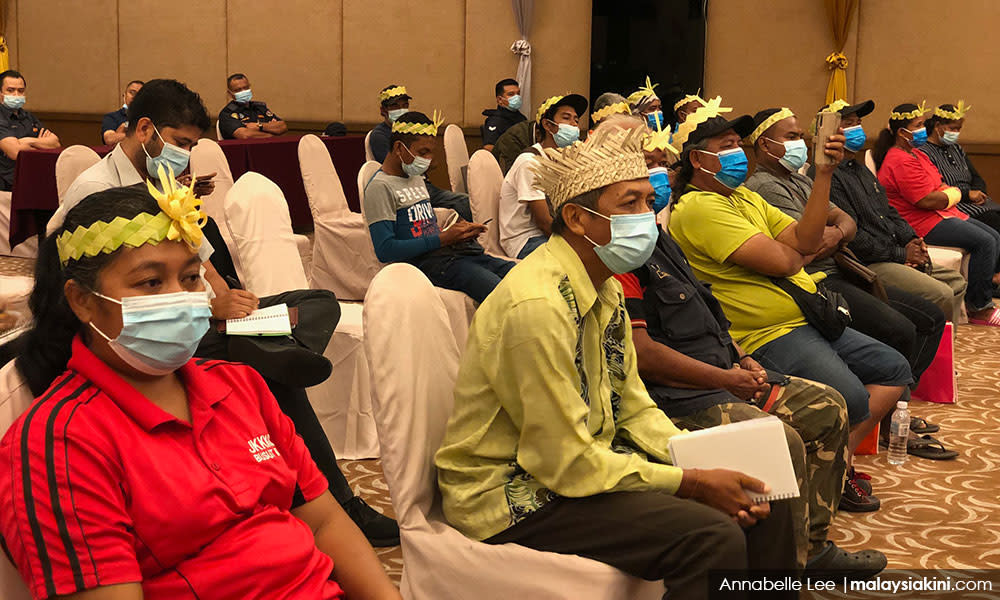
A town hall session on the Selangor government’s plan to degazette the Kuala Langat (North) Forest Reserve heard a chorus of no’s from the Orang Asli community, environmental NGOs, federal agencies and even a private firm.
Despite being held on Pulau Carey, a 55-minute drive from the forest reserve, representatives from at least seven Orang Asli villages attended yesterday’s event.
The Orang Asli were from Kampung Busut Baru, Kampung Pulau Kempas, Kampung Bukit Cheeding, Kampung Bukit Kecil, Kampung Bukit Tadom, Kampung Sungai Bumbun and Kampung Bakar Leleh.
Kampung Busut Baru tok batin (village chief) Sari Senin stood up to describe how his community members frequently roam the forest reserve for food, medicine, livelihood and religious practices.
“I do not agree and I want to protest the plan to degazette the forest reserve for a mixed development project.
“The state government should retract its plan to degazette this forest,” Sari said.

While most Orang Asli who spoke up disagreed with the move to degazette the forest reserve, several others called for more attention be paid to gazetting their villages into Orang Asli settlements.
Without a grant, Kampung Pulau Kempas tok batin Rahman Pahat stressed, many Orang Asli lived with the constant worry of having their land taken away, despite having lived there for generations.
“As long as you don’t gazette our villages, encroachment will happen...
“Now, we are helping with this forest reserve issue, but what about our villages? I want our villages gazetted because this is important for our children and grandchildren,” Rahman declared.
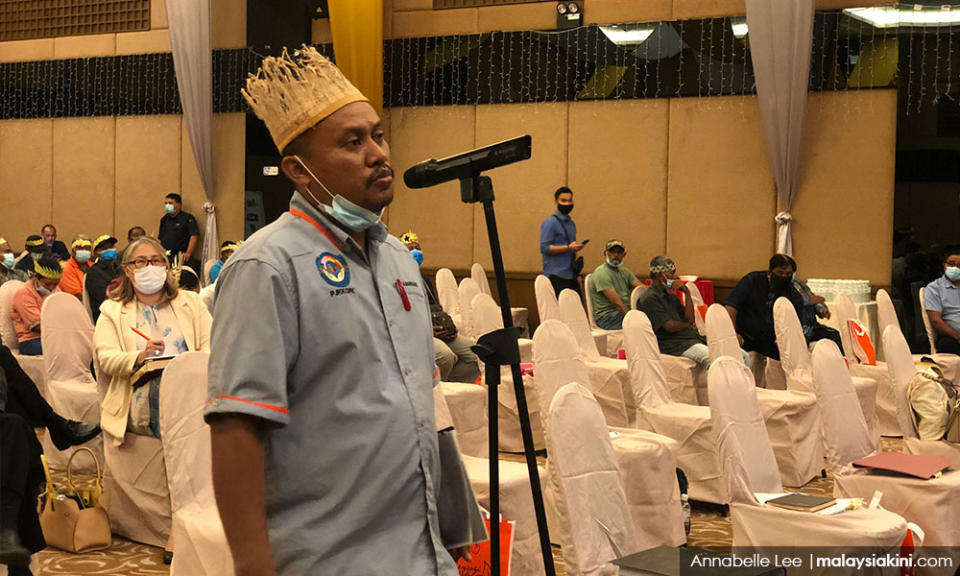
Why develop this reserve?
During the town hall session, Peninsular Malaysia Forestry Department's Wetlands Forest Management principal assistant director Harry Yong urged the state government to reconsider its plan as it would lead to a “waste of public funds”.
This was because tax money had already been spent to restore the once razed reserve.
“The state government has built a fire prevention infrastructure in this forest reserve.
“We estimate that the state and federal government have invested about RM2.2 million to conserve this forest and better manage our forests from forest fires,” Yong said.
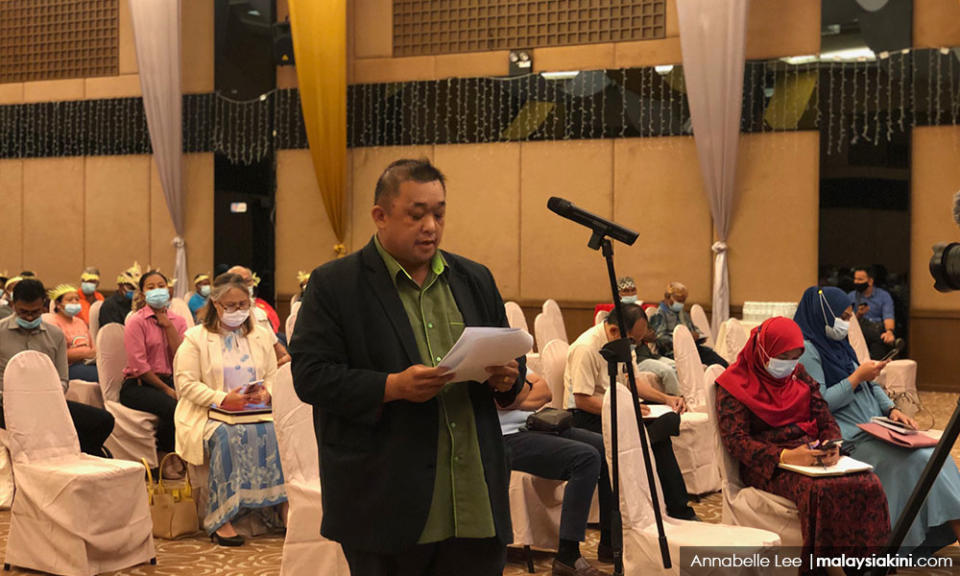
Meanwhile, Global Environment Centre (GEC) director Faizal Parish Abdullah demanded more details about the “mixed development” project for which the state government wanted to degazette the forest reserve.
“What kind of mixed development is it? What is so important about this project that it must be built on the one peat swamp forest in northern Selangor? What kind of project is it? What are the benefits?” he asked.
“And who is the developer? We know if it is the Menteri Besar Incorporated (MBI) - the state government itself - but it will work with another developer. Who is it?
“Why do they want so much to develop this place? Is there no other land in Selangor? We know there is a lot of land here,” Faizal said.
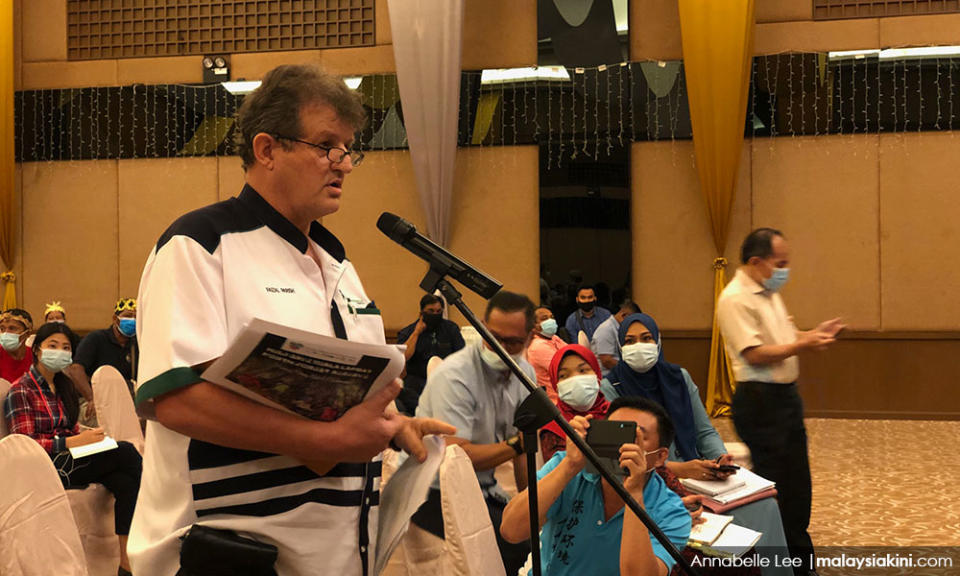
Several participants similarly questioned the rationale for the project when the state was already suffering from a glut in commercial and high-rise residential properties.
PSM environment and climate crisis bureau chief Sharan Raj suspected that the glut was now worse, due to the Covid-19 pandemic.
“We have an excess supply (now). So, do we need this mixed development?” he asked.
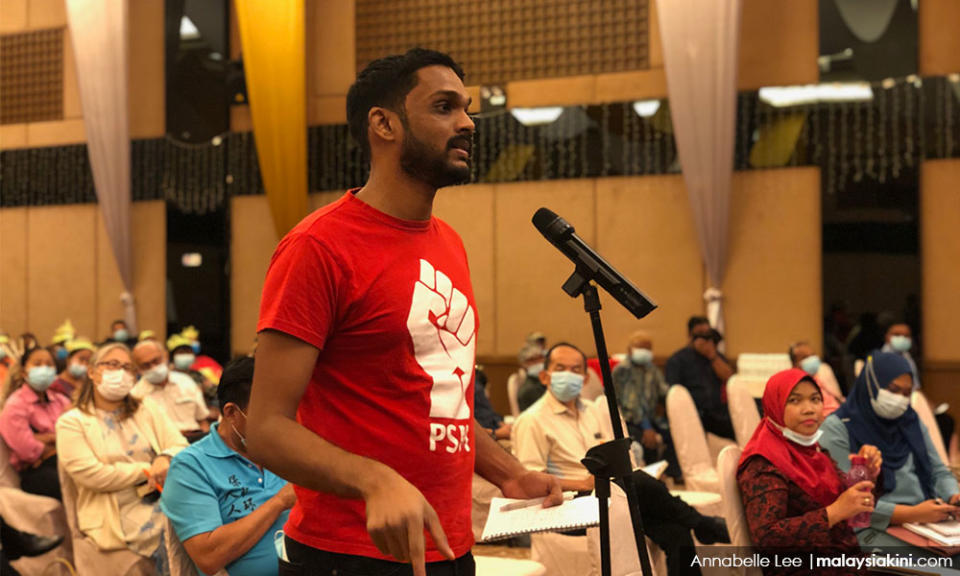
The other speakers who spoke up against the proposal came from the Centre for Orang Asli Concerns (COAC), Malaysia Nature Society, World Wide Fund for Nature Malaysia (WWF), Persatuan Aktivis Sahabat Alam (Kuasa), Treat Every Environment Special (Trees), Pertubuhan Perlindungan Khazanah Alam (Peka) and Greenpeace Malaysia.
Boh Plantations Sdn Bhd, which owns the Sri Cheeding plantation located near the forest reserve, also sent a representative to voice the company’s opposition to the degazetting plan.
Joining the chorus were Selangor assemblypersons Elizabeth Wong (Bukit Lanjan), Ahmad Yunus Hairi (Sijangkang) and Lau Weng San (Banting).
The plan to degazette the Kuala Langat (North) Forest Reserve previously received 45,423 objections, including 29,443 through an online petition, 11,953 through email and 3,895 written objections.
Aside from the Orang Asli and NGOs; the Forest Research Institute Malaysia (Frim), Forestry Department, Orang Asli Development Department (Jakoa) and Institute of Landscape Architects (Ilam) also objected.
Hee: Developer is MBI 'so far'
The four-hour town hall was chaired by Selangor executive councillor for the environment, green technology, science, technology, innovation and consumer affairs Hee Loy Sian.
Also present were representatives from Lembaga Urus Air Selangor (Luas), Selangor Department of Environment, Selangor Land and Survey Department, Kuala Langat Municipal Council and Selangor Forestry Department.
At the beginning of the event, several participants were barred from entering the town hall venue - a private golf resort. This was resolved after Hee (below, centre) called for everyone to be allowed in.

In his concluding remarks, Hee promised to discuss all the day’s questions in his next meeting with experts and government agencies on the public hearing process.
The final decision on the proposal to degazette the forest reserve will be made by state executive councillors, he added.
As for demands to have Orang Asli settlements gazetted, Hee shared that the state administration had committed to issuing grants for all 74 indigenous villages in the state.
“We have allocated RM1.5 million for the process of gazetting all 74 Orang Asli villages in Selangor and this includes the four villages mentioned earlier, as well as Kampung Busut Baru.
“I want to say here that we will always defend the rights of the Orang Asli,” he said.
Asked afterwards about the mixed development plan, Hee did not offer additional details, except to say it remained a “proposed” project until the forest reserve could be converted into commercial or residential land.
“So far the developer is the state government under MBI...
“We haven’t awarded it (the project) yet. So far, it is MBI,” Hee said when asked about the developer of the proposed project.
Selangor Menteri Besar Amirudin Shari previously explained that the government wanted to develop 930.93ha or 97.1 percent of the forest reserve as many trees had become “degraded” and now posed a fire hazard.
He stressed that the Orang Asli would not be affected and gave his assurance that the forest loss would be made up by gazetting new areas as forest reserves.
Aside from the mixed development project, the East Coast Rail Link (ECRL) is also expected to cut through a portion of the forest reserve.
Environmental groups have highlighted the importance of the reserve as a habitat for meranti trees, the Malayan sun bear, Selangor pygmy flying squirrel and Langat red fighting fish.


